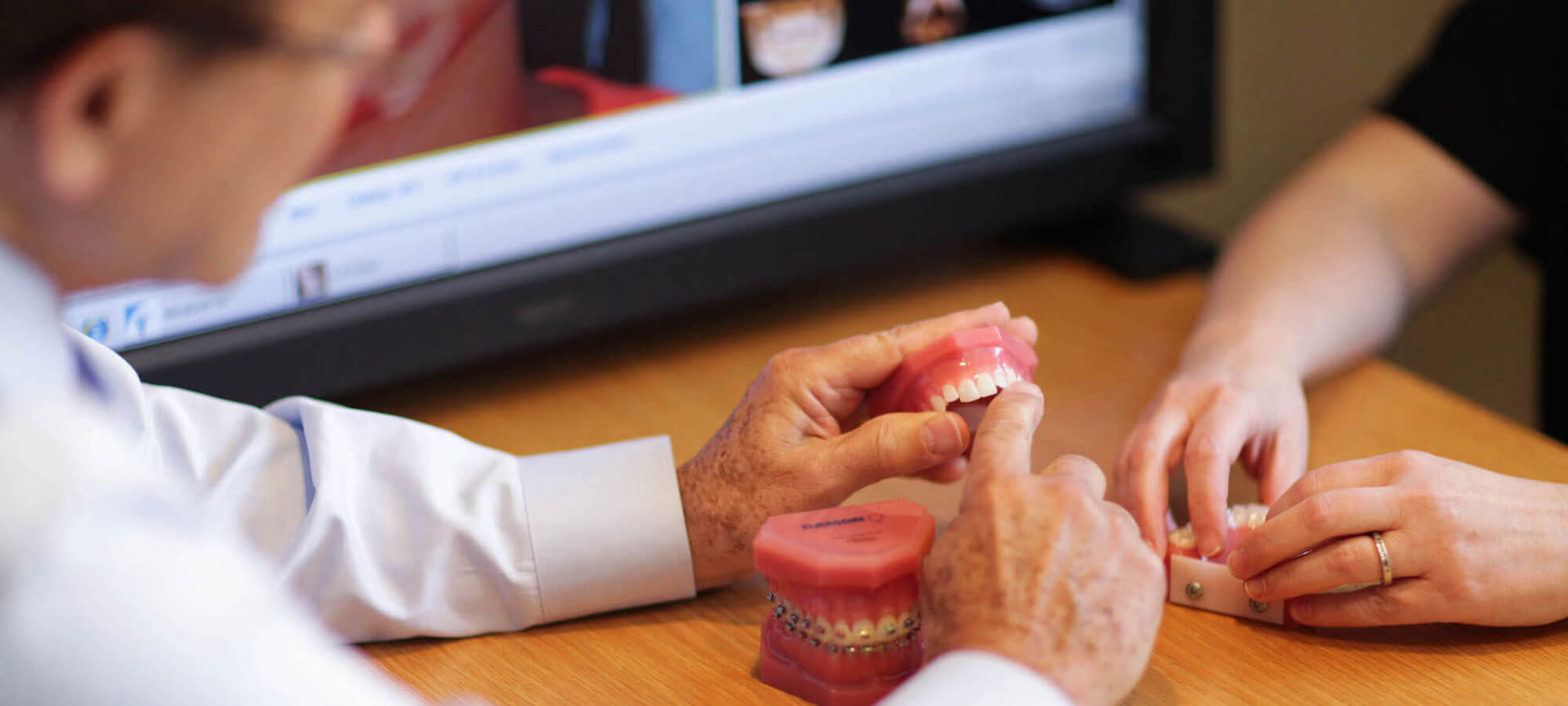
Educational Resources
Surgical Procedures for Orthodontic Patients
Oral surgery is sometimes recommended for patients. This may be for a specific issue (like impacted wisdom teeth) or as part of an oral healthcare plan that includes orthodontics as well. If oral surgery has been recommended, we hope the information we are sharing is helpful in better understanding the procedures.
Here at Graber & Gyllenhaal Orthodontics, we pride ourselves in providing you with exceptional care—and sometimes that care will include surgery. It is important to understand the reasons for the surgery and what to expect from the process. Below we have provided educational videos to prepare and inform you of the surgery you or a family member may be having. If surgery is indicated, we and/or your dentist will refer you to an oral surgeon or a periodontist to give you more information and perform the procedure. These videos were initially made as part of a national association sponsored oral health education program in which our doctors, professional staff and patients participated.
This is a procedure to reduce a restrictive attachment of muscle from the gums to the lip and/or tongue (a “frenum”). The most common excessive frenum is inside the upper lip and goes between the two upper front teeth.
We may recommend that you have your third molars (“wisdom teeth”) evaluated for removal if they are impacted (positioned sideways) or if there is not enough space.
Sometimes canine teeth (“eye teeth”) do not grow into the mouth on their own and instead become “stuck” in the jaw bone. Without coordinated surgical and orthodontic intervention, these impactions will provide functional and cosmetic complications.
Orthognathic surgery, also known as corrective jaw surgery, is performed to correct mismatches between upper and lower jaw size and/or position. This type of treatment is for adult patients with problems that exceed the abilities of orthodontic tooth movement alone. The treatment is coordinated between the orthodontist and oral surgeon. Learn more about the different types of Orthognathic Surgery by watching the appropriate video below.
Top jaw ahead of bottom jaw (receding chin): Having Orthognathic Surgery-Class II
Class II patients have what is known as an overbite or receding chin. Surgery most often shifts the lower jaw forward into place.
Large bottom jaw ahead of top jaw (strong chin): Having Lower Orthognathic Surgery-Class III
Class III patients have what is known as an underbite. If large lower jaw size is the problem, corrective jaw surgery shifts the lower jaw backward into place.
Small top jaw behind bottom jaw (upper jaw retruded ): Having Upper Orthognathic Surgery-Class III
Class III patients have what is known as an underbite. If the upper jaw is too small to match the lower jaw size, corrective jaw surgery shifts the upper jaw forward into place.
An open bite prevents the closure of the top and bottom teeth. The lower and/or upper jaw can be surgically repositioned to help close an open bite.
